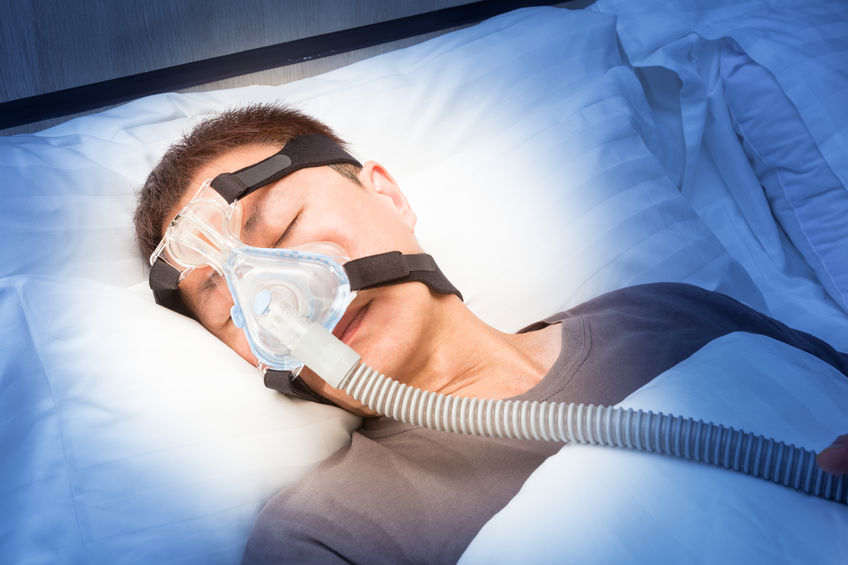Do I Need Treatment For Sleep Apnea?
Sleep apnea is more common than many people think. The condition is just as common as type 2 diabetes and affects over 18 million Americans. Many people think of apnea as nothing more dangerous than snoring. But if apnea is left untreated, there is a risk of high blood pressure, cardiovascular disease, and memory problems. There are surgical and non-surgical treatment options. The two most common treatments are continuous positive airway pressure (CPAP) machines and septoplasty surgery.
What happens during apnea episodes?
Sleep apnea is characterized in a couple of different ways. Obstructive sleep apnea (OSA) occurs when the airways become blocked during sleep. The result is momentary lapses in breathing during sleep. Central sleep apnea (CSA) is related to how the brain functions. Instead of being associated with physical factors like obesity, CSA occurs when the brain doesn’t tell the muscles to breathe.
Different treatment options
CPAP machines are commonly prescribed for patients with OSA. These devices also work for newborns who have underdeveloped lungs. For some patients, the instances of sleep apnea occur because of nasal obstruction. In these cases, doctors may recommend a nasal surgery called septoplasty.
How does CPAP work?
A CPAP machine is the most common treatment for OSA. The device is worn during sleep to prevent snoring and other apnea symptoms. The CPAP provides air in a steady stream of pressure to keep airways open. In addition to using the machine, healthcare providers usually also recommend lifestyle changes to improve apnea symptoms. For many people, losing weight, decreasing alcohol consumption, and sleeping in specific positions can successfully treat sleep apnea.
When surgery is needed
Some patients struggling with sleep apnea have a nasal obstruction called a deviated septum. This prevents people from getting adequate air and can create blockages during sleep. A septoplasty is an outpatient procedure that creates more room for air in the nose.
What to expect
Septoplasties typically only take 30-90 minutes, and patients can return home the same day. An ear, nose, and throat (ENT) specialist makes a small incision in the side of the nose to reposition the septum correctly. Patients will have to limit physical activity for a few weeks to promote proper healing. The ENT will also likely recommend avoiding pulling clothes over the head and not blowing the nose for a few days.
Which option is right for me?
Patients who are concerned about sleep apnea should schedule an appointment with a healthcare provider. A series of evaluations can help determine a diagnosis of obstructive or central sleep apnea. The best treatment option will vary on an individual basis. To learn more about sleep apnea, treatments, and surgical options, speak with an ENT.




